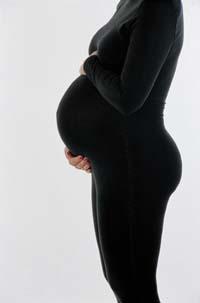Create a test that facilitates the detection of the premenstrual mixture
2013/01/09 Galarraga Aiestaran, Ana - Elhuyar Zientzia Iturria: Elhuyar aldizkaria

However, there is no consensus criterion for defining and diagnosing this alteration, so “it is difficult to provide adequate interventions with women suffering from symptoms,” explains Aperribai. Thus, in the thesis, he first tried to define the disturbance. This was based on the fourth revised version of the American Psychiatric Society's diagnostic and statistical manual on mental disorders. This manual defines the premenstrual dysphoric mixture and proposes criteria for its diagnosis. Among other things, it points out that the symptoms are as severe as causing noticeable damage in society or at work, and that they occur in the luteinous phase, that is, during ovulation and menstruation.
From there, Aperribai has prepared a questionnaire that has been validated by interviews with women who work or study in the three campuses of the UPV. This has proven its reliability. In fact, it is estimated that between 3 and 10% of the population suffers a premenstrual dysphoric confusion, while in the study conducted by Aperribai the positive detected have been 15%.
As explained by the author, this difference is “normal, since it is a screening test. That is, it is not a diagnostic tool, but a filter to differentiate women who may have confusion from those who do not.” In this sense, Aperribai has pointed out its usefulness in both research and medical centers. “10 minutes or less are enough to carry out the test and with it much progress is made. Then, in positive cases, diagnostic tests come that can last up to two months.” He has prepared the test in Spanish and Aperribai has announced that he is now translating into Basque.

Gai honi buruzko eduki gehiago
Elhuyarrek garatutako teknologia






